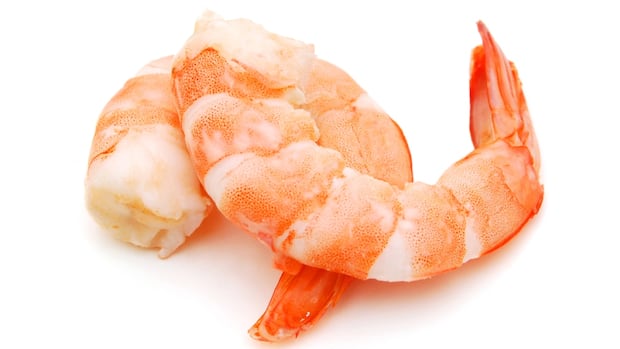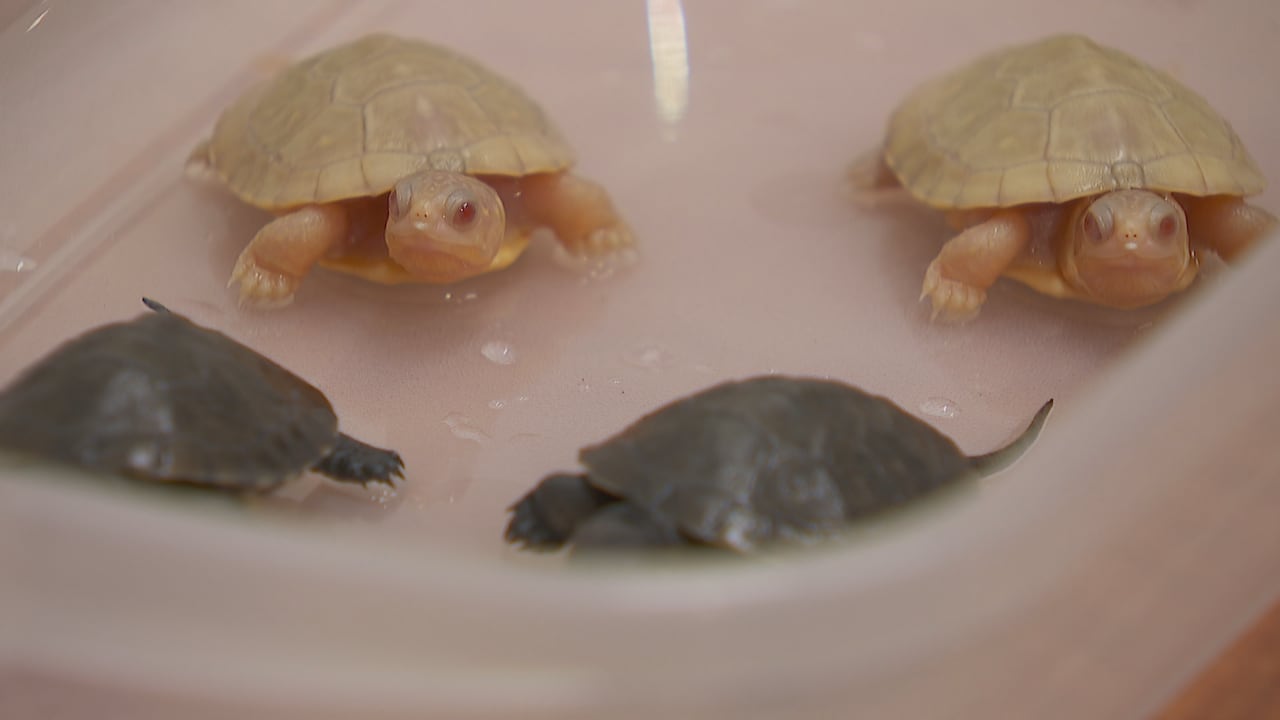One New Brunswick lobster was headed south for vacation this summer.
"They do not pay one bit of attention to any kind of boundary or border," said Heather Koopman, a senior research scientist at the Grand Manan Whale and Seabird Research Station. "They just go wherever they want to go."
Koopman recently documented an extraordinary case of one female lobster who made quite the trek from New Brunswick waters all the way down to those off Massachusetts.
Koopman had worked at the station for over 30 years, and currently is conducting a project tagging female lobsters caught around the island to track their movement.
WATCH | Female lobsters will travel for breeding season, water temperature: A researcher with the Grand Manan Whale and Seabird Research Centre says a female lobster travelled from Grand Manan to Cape Cod, Massachusetts."They're the ones who are carrying the eggs around. The larvae will hatch, and where will those larvae land and what will the future of the fishery look like?" she said of the motivation behind her current project.
The lobsters are tagged with a note that asks anyone who catches the lobster to call Koopman to report where it was picked up.
While most reports she gets are from around Grand Manan where the lobsters are tagged, Koopman said she also gets reports from around Campobello and Deer Island, southwest Nova Scotia, and the Maine coast.
"And now we can add Cape Cod to the list," she said.
 The lobsters are tagged with plastic bands with Koopman's phone number so any fishermen who catch them can call her. (Submitted by the Grand Manan Whale and Seabird Research Station)
The lobsters are tagged with plastic bands with Koopman's phone number so any fishermen who catch them can call her. (Submitted by the Grand Manan Whale and Seabird Research Station)Since the project started in 2019, Koopman said about 6,600 lobsters have been tagged. She gets a report about 23 per cent of them.
But it was one report on Sunday morning that stood out.
Koopman said she got a text message from a Massachusetts area code that sent along GPS co-ordinates of where a lobster had been caught.
She looked up the co-ordinates, "and my goodness, it was sort of two miles off Cape Cod," she recounted.
The distance from Grand Manan to Provincetown, Mass., where the lobster was caught by fisherman Mike O'Brien, is roughly 220 nautical miles, or about 407 kilometres, as the crow flies.
But lobsters don't travel in straight lines, "so goodness knows what ground she covered," Koopman said. The lobster was recorded off Cape Cod just over 250 days after it was tagged off Grand Manan.
CBC News was unable to reach O'Brien for comment.
Koopman said this data point represents the farthest lobster ever found from where they're tagged in Grand Manan, but it doesn't mean it's the farthest one critter has ever travelled.
"A fisherman down there picking up a lobster with a yellow tag and a strange phone number on it probably wouldn't have known about my tagging program, because it's so far away," she said.
Koopman said it's hard to know why this particular lobster went for such a trip, but female lobsters will move around according to the season. The species also has a long reproductive season and is exceptionally sensitive to water temperatures.
"Laboratory experiments have shown that they can discriminate between .1 degree Celsius, so temperature probably has some role in where she ended up."
The longer she's been researching on Grand Manan, Koopman said she's gotten to know the local lobster fishing industry better and has even begun getting help tagging lobsters from some of the island's fishermen.
"It's taken time for them to sort of say, 'Why should I participate in this?' And I think some of them find it interesting to say, 'Well, where did this lobster come from?" she said.
"It's always nice to see when people are excited about the data and the results that come out of this. That's the part that's really inspiring."











